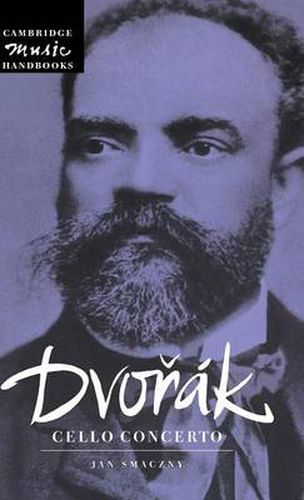Readings Newsletter
Become a Readings Member to make your shopping experience even easier.
Sign in or sign up for free!
You’re not far away from qualifying for FREE standard shipping within Australia
You’ve qualified for FREE standard shipping within Australia
The cart is loading…






Dvorak’s Cello Concerto, composed during his second stay in America, is one of the most popular works in the orchestral repertoire. This guide explores Dvorak’s reasons for composing a concerto for an instrument which he at one time considered unsuitable for solo work, its relationship to his American period compositions and how it forms something of a bridge with his operatic interests. A particular focus is the concerto’s unique qualities: why it stands apart in terms of form, melodic character and texture from the rest of Dvorak’s orchestral music. The role of the dedicatee of the work, Hanus Wihan, in its creation is also considered, as are performing traditions as they have developed in the twentieth century. In addition the guide explores the extraordinary emotional background to the work which links it intimately to the woman who was probably Dvorak’s first love.
$9.00 standard shipping within Australia
FREE standard shipping within Australia for orders over $100.00
Express & International shipping calculated at checkout
Dvorak’s Cello Concerto, composed during his second stay in America, is one of the most popular works in the orchestral repertoire. This guide explores Dvorak’s reasons for composing a concerto for an instrument which he at one time considered unsuitable for solo work, its relationship to his American period compositions and how it forms something of a bridge with his operatic interests. A particular focus is the concerto’s unique qualities: why it stands apart in terms of form, melodic character and texture from the rest of Dvorak’s orchestral music. The role of the dedicatee of the work, Hanus Wihan, in its creation is also considered, as are performing traditions as they have developed in the twentieth century. In addition the guide explores the extraordinary emotional background to the work which links it intimately to the woman who was probably Dvorak’s first love.